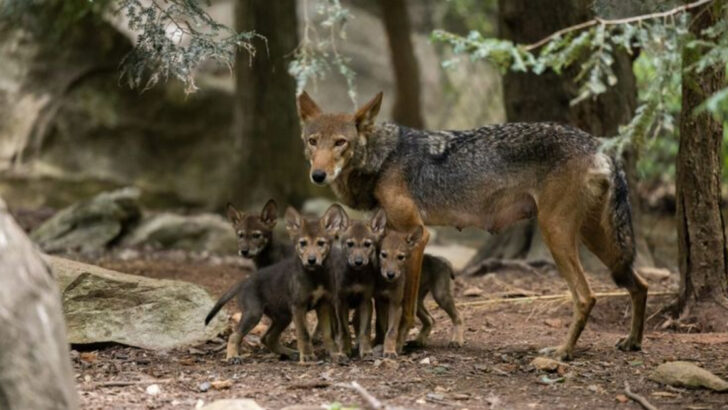Red wolves don’t just stand apart—they live like ghosts and think like strategists.
While coyotes yap boldly across neighborhoods and cornfields, red wolves move with eerie silence and purpose. They don’t just survive—they scheme, stalk, and slip through the wild like shadows with teeth.
They’re not just another version of a coyote in a reddish coat.
From their tight-knit family dynamics to their methodical hunting style, red wolves operate on a level that feels almost… calculated. And while the world often confuses them with their noisier, more adaptable cousins, red wolves play by a different rulebook—one written in whispers and pawprints.
Want to know what really separates them?
It’s not just DNA. It’s attitude. It’s loyalty. It’s how they look at the world—and vanish before you realize they were there.
Unique Howling Patterns
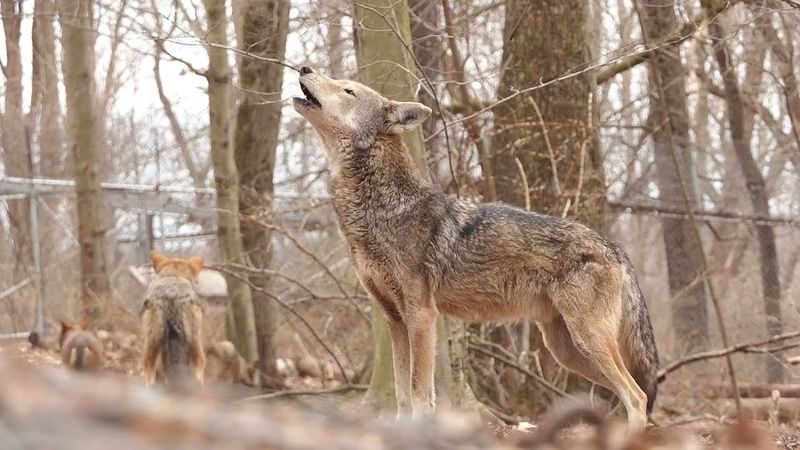
In the heart of the forest, the haunting howl of a red wolf echoes distinctively from its coyote cousins. These howls are higher-pitched and more melodic, serving as a crucial tool for communication within the pack. While coyotes tend to howl in a more fragmented manner, red wolves deliver a continuous, harmonious call that can travel miles.
This vocalization is not just a call to the pack but also a declaration of territory. The red wolf’s song, a symphony of nature, is an auditory signature that reinforces social bonds and wards off intruders. It’s a melody unique to its lineage.
Tight-Knit Social Structures
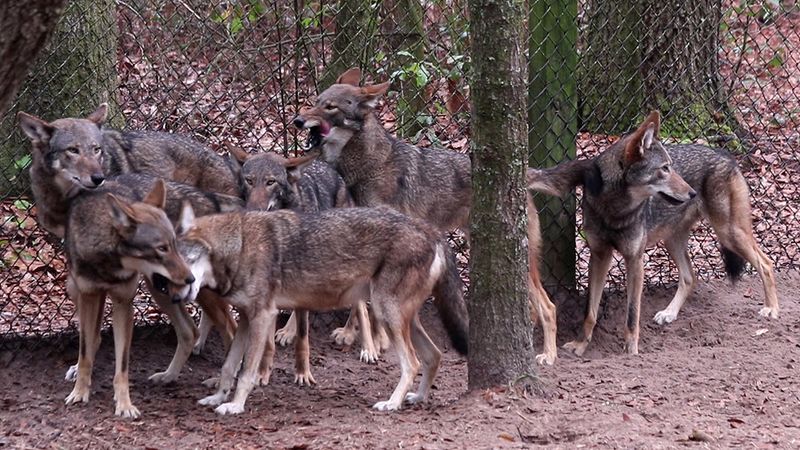
Amidst the wild terrains, red wolves demonstrate exceptionally tight-knit social structures. Unlike coyotes, red wolves live in cohesive family units, typically consisting of a mated pair and their offspring. These packs exhibit strong bonds, often seen grooming one another or engaging in playful activities.
The red wolf’s commitment to family is a cornerstone of its survival strategy, fostering cooperation and mutual support. This unity facilitates efficient hunting and territorial defense, setting them apart from the more solitary or loosely organized coyote groups. Their social harmony is a testament to their evolutionary success.
Territorial Behavior
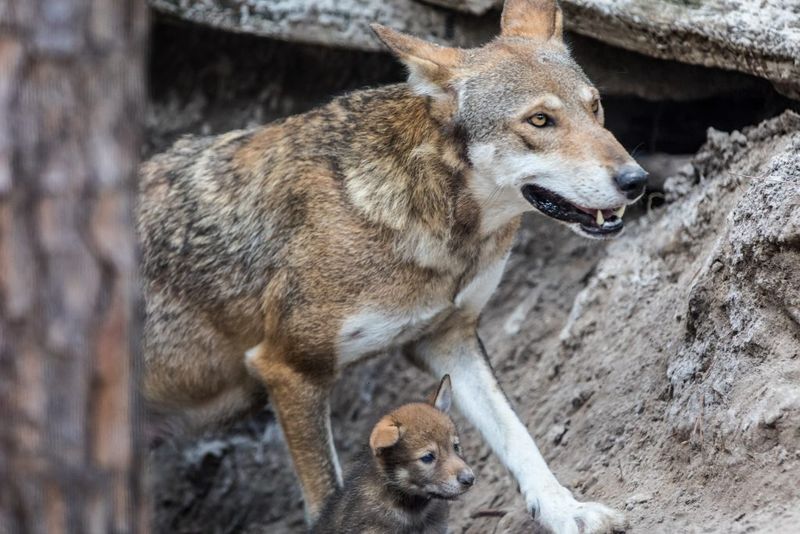
Red wolves are fiercely territorial, marking their domains with precision that rivals any landscaper. Through scent marking and vocalizations, they establish and defend their territories, which can cover several square miles.
This behavior ensures access to resources and safety for the pack. Unlike coyotes, who may tolerate overlapping territories, red wolves are less forgiving of intrusions, often leading to confrontations. Their territorial nature is a critical aspect of their identity, influencing their interactions with both kin and rivals. It exemplifies their strategic approach to coexistence in the wild.
Distinct Hunting Techniques
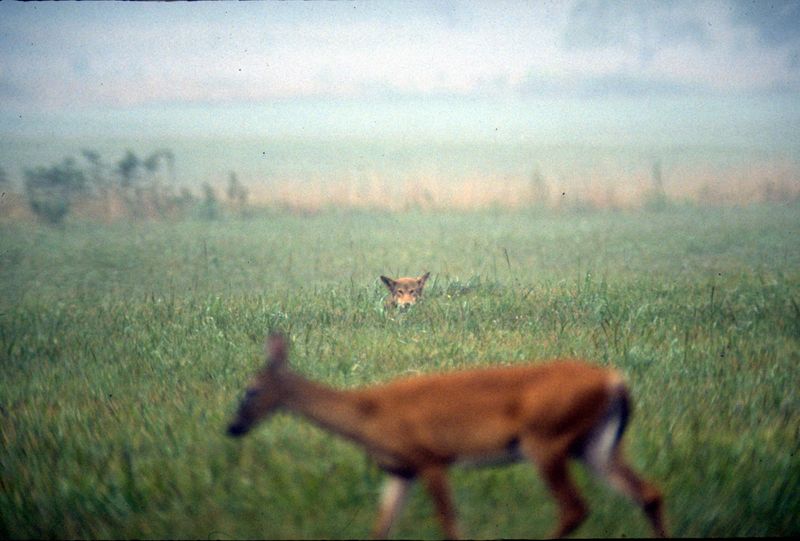
With the elegance of a ballet dancer, the red wolf hunts with coordinated precision. Unlike their coyote cousins, who often hunt alone or in pairs, red wolves employ pack strategies to take down larger prey. This cooperation allows them to tackle deer and wild boar, showcasing their collective strength.
Their hunting methods involve strategic planning and silent communication, elements that are less prevalent in coyote behavior. This teamwork not only increases their hunting efficiency but also reinforces pack cohesion. The red wolf’s hunting prowess is a magnificent display of nature’s ingenuity.
Playful Interactions
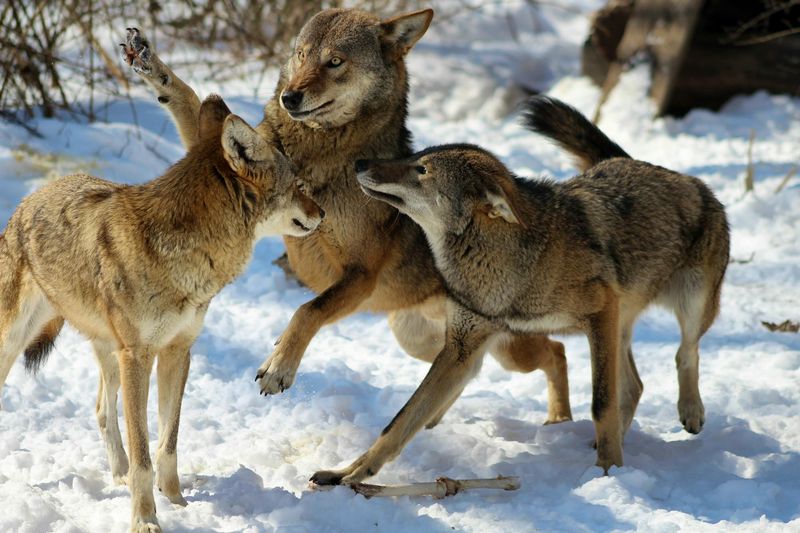
A sunset scene painted with playful red wolves, engaged in spirited interactions, is a delightful spectacle. Red wolves exhibit a playful demeanor, especially among pack members, which serves as both entertainment and a mechanism for social bonding. Unlike coyotes, whose play is often more competitive, red wolves engage in games that strengthen familial ties.
These interactions are crucial for developing skills necessary for survival, like hunting and territory defense. The joy and laughter embedded in their playful antics are vital for emotional health, reflecting their nurturing environment. This behavior highlights their close-knit nature.
Diverse Diet Choices
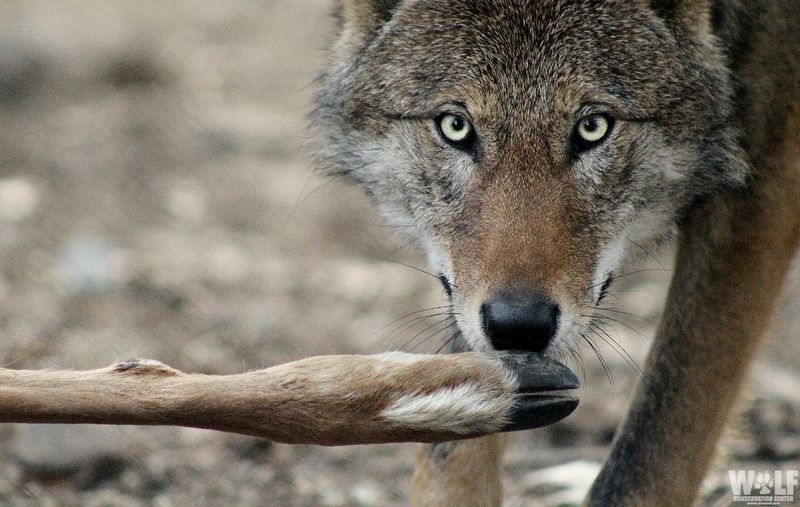
In the culinary world of the wild, red wolves are discerning diners. Their diet is more varied compared to their coyote relatives, comprising not just small mammals but also larger animals like deer. This dietary diversity is a testament to their adaptability and survival skills.
While coyotes often scavenge or hunt smaller prey, red wolves exhibit a preference for fresh kills, showcasing their prowess as hunters. This adaptability in food choices reflects their ability to thrive in changing environments, marking a significant behavioral divergence from coyotes. It’s an illustration of their resourcefulness and resilience.
Maternal Instincts
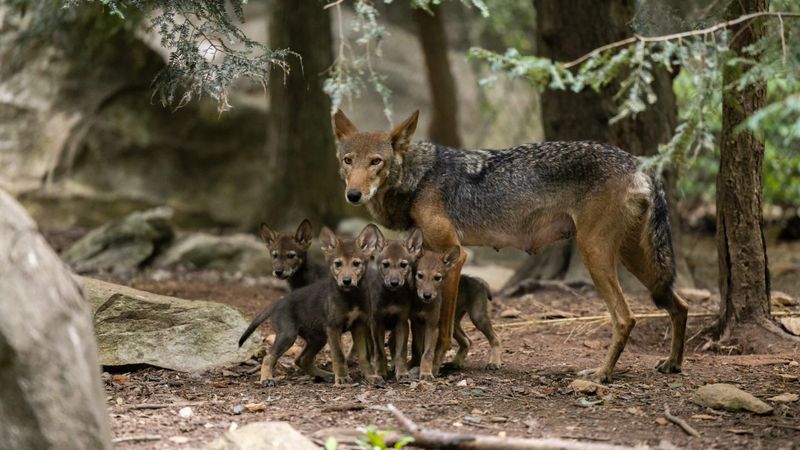
With the tenderness of an artist’s brushstroke, red wolf mothers demonstrate profound maternal instincts. They are incredibly nurturing, investing significant time and energy into raising their young. This includes teaching them essential survival skills and ensuring their safety within the den.
The maternal bond in red wolves is stronger than in coyotes, who often rely on the male for assistance. Red wolf mothers take an active role in all aspects of rearing, from foraging to protection. This dedication to motherhood underscores the species’ commitment to family and survival, shaping future generations.
Seasonal Migration Patterns
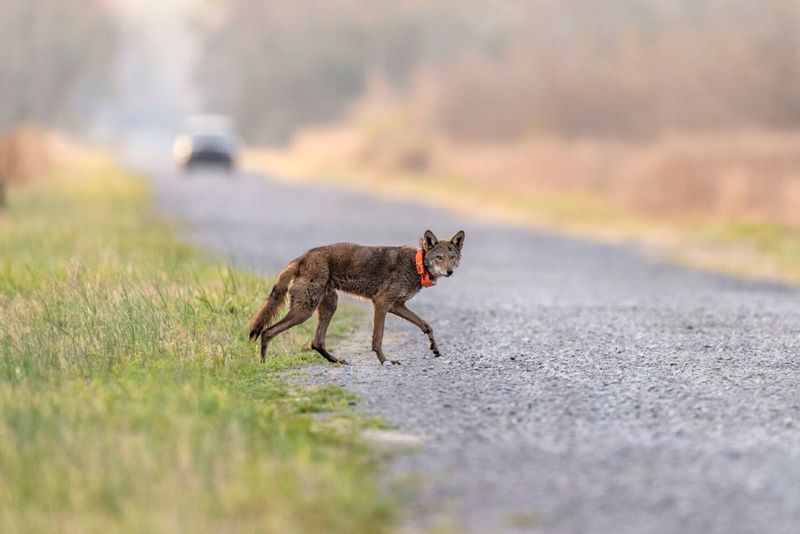
As leaves turn golden, red wolves embark on seasonal migrations, a behavior not commonly observed in coyotes. These migrations are driven by the search for food and optimal habitats, allowing the pack to thrive year-round.
Unlike coyotes, who are more sedentary, red wolves adapt to environmental changes by relocating, showcasing their resilience and strategic planning. This seasonal movement is a hallmark of their survival strategy, ensuring access to resources and reducing competition. The red wolf’s migratory behavior is a splendid example of nature’s adaptability, echoing their ancient roots.
Nocturnal Activity
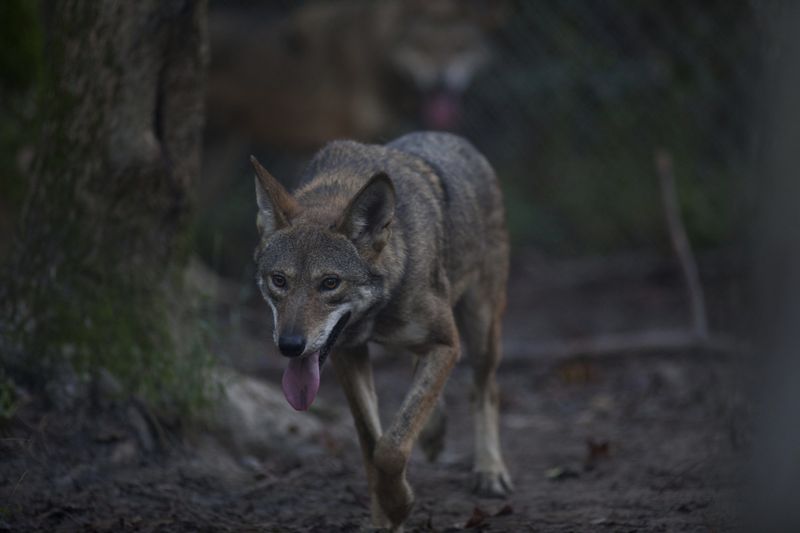
Under the starlit sky, red wolves come alive with nocturnal energy. Unlike coyotes, who are more opportunistic in their activity patterns, red wolves exhibit a strong preference for nocturnal hunting and movement.
This nighttime behavior is strategic, reducing competition with other predators and allowing for more effective hunting. It also aids in avoiding human contact, contributing to their elusive nature. The red wolf’s affinity for the night is emblematic of their mysterious charm and survival instincts, painting them as nocturnal guardians of the wild.
Advanced Problem-Solving Skills
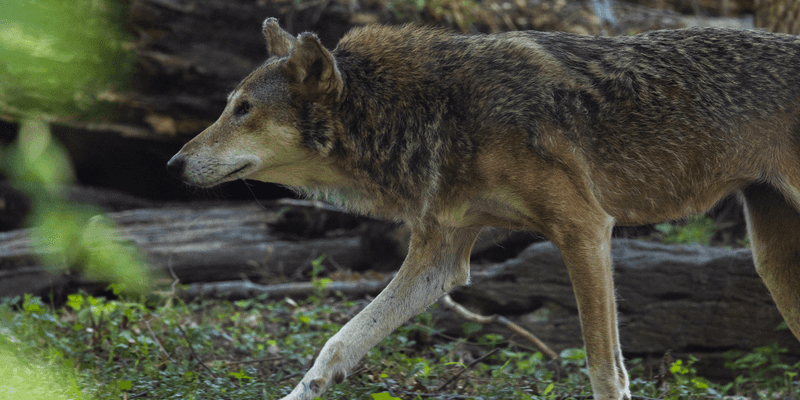
Red wolves are the Einstein of the wild, showcasing advanced problem-solving skills that set them apart from coyotes. Whether it’s navigating tricky landscapes or devising hunting strategies, their cognitive abilities are impressive.
These skills are honed through play and real-world challenges, fostering innovation and adaptability. Red wolves’ capacity for complex thinking is a testament to their intelligence, enabling them to overcome obstacles and optimize survival. This intellectual acumen makes them formidable inhabitants of their habitats, constantly adapting to the ever-changing wilderness.
Vigilant Watchfulness
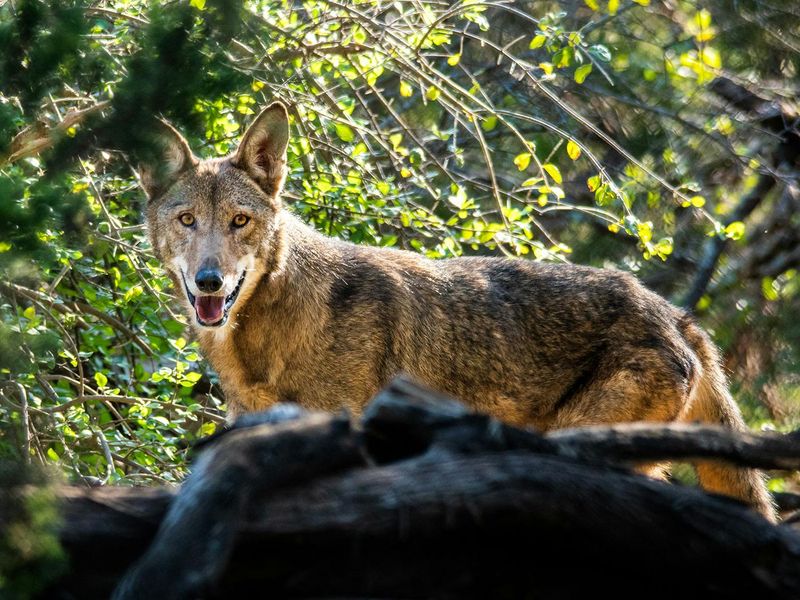
Perched high on a vantage point, the red wolf embodies vigilant watchfulness, a trait that distinguishes it from the more relaxed coyote. This heightened awareness allows them to detect threats and opportunities, ensuring the safety and survival of the pack.
Red wolves invest considerable energy in scouting and monitoring their surroundings, a behavior less pronounced in coyotes. This vigilance is crucial for maintaining territorial integrity and responding swiftly to changes in their environment. The red wolf’s watchful nature reflects a deep-seated instinct for protection and foresight.
Adaptable Communication
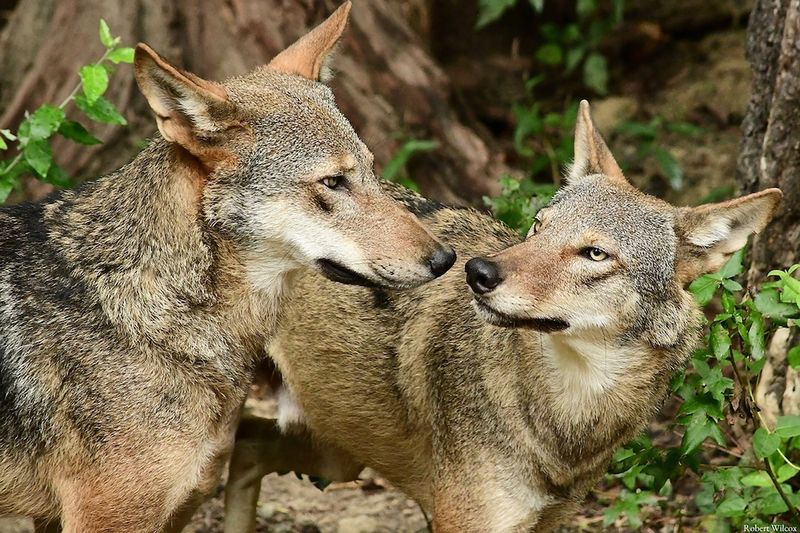
In the world of canid communication, red wolves are versatile linguists. They employ a rich tapestry of vocalizations, body language, and facial expressions to convey messages within the pack. This diverse communication system is more complex than that of coyotes.
The ability to adapt their signals based on context and audience is key to their social dynamics. It enhances cooperation and coordination, vital for hunting and territory defense. The red wolf’s communicative adaptability is a cornerstone of their social structure, fostering unity and understanding among pack members.
Seasonal Coat Changes
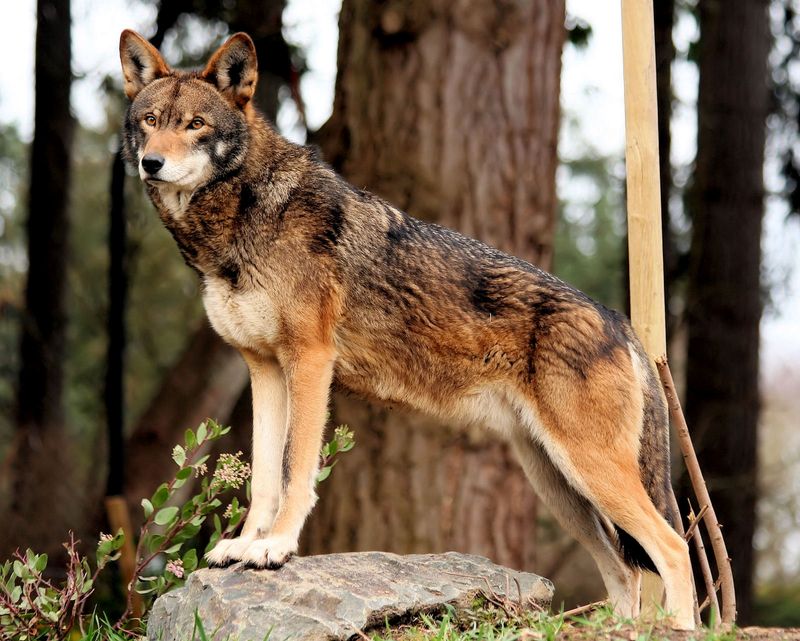
Red wolves, akin to nature’s fashionistas, exhibit seasonal coat changes that aid in camouflage and temperature regulation. In contrast to coyotes, their luxurious fur varies significantly between seasons, adapting to environmental conditions.
During winter, their coats become denser, providing insulation against the cold. In warmer months, they shed to a lighter coat, facilitating cooling. This adaptability in appearance is crucial for survival, enabling them to blend seamlessly into their surroundings. The red wolf’s seasonal attire is a testament to its evolutionary ingenuity, showcasing nature’s artistry.
Unique Dietary Adaptations
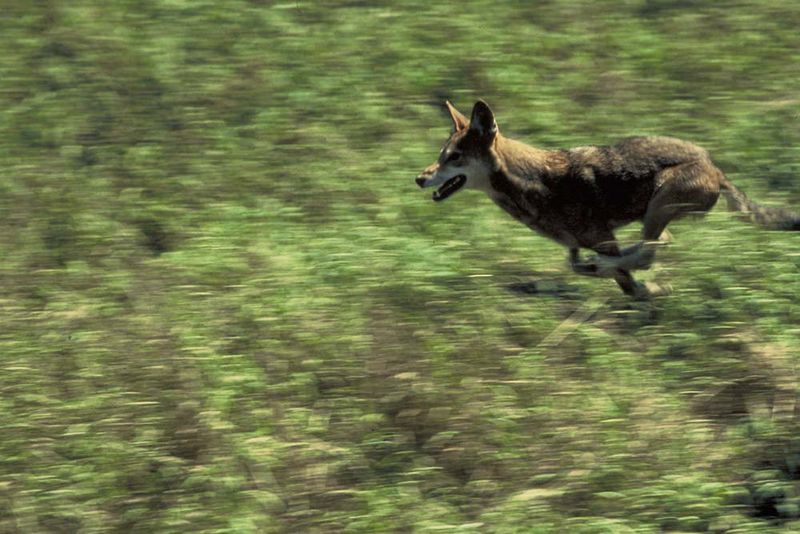
Red wolves are culinary artists in the wild, showcasing unique dietary adaptations that differ from coyotes. Their diet is not only diverse but also reflects their ability to exploit available resources efficiently.
While coyotes may rely heavily on smaller mammals and carrion, red wolves exhibit a broader palette, including fruits and insects when necessary. This dietary flexibility is a survival advantage, allowing them to thrive in diverse ecosystems. The red wolf’s approach to sustenance is an exquisite example of adaptive evolution, highlighting their role as versatile predators.
Distinctive Denning Habits
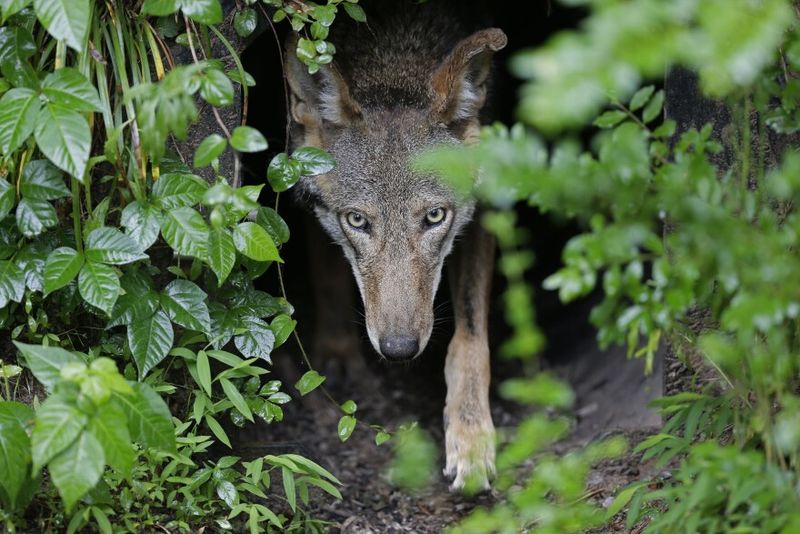
In the secluded corners of the forest, red wolves fashion dens with meticulous care, a practice distinct from their coyote cousins. These dens serve as nurseries, offering warmth and protection to the young.
Red wolves exhibit a preference for secluded, secure locations, often renovating existing structures to suit their needs. This behavior contrasts with coyotes, who may den in more open areas. The red wolf’s dedication to crafting a safe haven for their offspring underscores their commitment to family and survival. Their denning habits are a beautiful reflection of instinctual nurturing.

